
In Korea, it’s known as the “6-2-5 (yug ee oh) War,” a reference to June 25, 1950, when the North Korean People’s Army invaded the South. Among North Koreans, it’s “the Fatherland Liberation War.” In America, however, the Korean War is often called “The Forgotten War” — a jarringly dismissive, imperfectly accurate phrase to describe a conflict that killed millions of combatants and civilians on both sides, including close to 40,000 Americans.
The brutal conflict lasted for roughly three years, from June 1950, until 1953, when the United Nations Command, the North Korean People’s Army and the Chinese People’s Volunteers signed an armistice agreement. South Korean president Syngman Rhee refused to sign the document, however — meaning that, technically, North and South Korea have been at war (or, at the very least, have not been at peace) for the past six decades.
Here, LIFE.com remembers the Forgotten War with a selection of pictures — none of which originally ran in LIFE magazine — from Korea by three of the era’s finest photographers: Margaret Bourke-White, Carl Mydans and Michael Rougier.
Throughout the war, as it had during World War II and as it would, again, in Vietnam, LIFE published articles, essays and editorials — as well as matchless photographs — in an effort to provide its readers with as complete a picture of the horrors, triumphs and plain, grinding realities faced by troops on the ground and by the civilians caught between the conflict’s implacable forces. Below, as a glimpse into the various ways the war was reported and “positioned” in the magazine’s pages in the early Fifties, are excerpts from first-hand reports from the battler zones as well as editors’ commentaries that appeared in LIFE while the Korean War raged half a world away:
“Sitting in a jeep, watching [refugees] march by without escort of any kind, I knew the constricting doubt and fear that every American in Korea comes to know as he watches those silent strangers, to whom he can not speak, filing down the roads, across the paddies and through the cities of the south.” — From “Report From the Orient: Guns Are Not Enough,” by John Osborne, LIFE, August 21, 1950
“From the hilltop where we now stand, soldiers of an American machine gun squad had seen the repulsed enemy retire beyond range and then, in plain sight of our men, calmly change form the green uniforms of the North Korean army to the white trousers and blouses of Korean peasants. And then they had walked back into the hills, looking like any of the lines of refugees who on this and every other day come down from the hills, across the paddies and along the roads past our lines and command posts. The soldiers watching from the hill do not forget; they remember the tiny figures in the distance, changing from green to white, every time they see a column of peasants coming toward them, and they reach for their guns, and sometimes they use their guns.” — From “Report From the Orient: Guns Are Not Enough,” LIFE, August 21, 1950, describing the horrible uncertainty faced by troops in the war, not knowing when refugees were really refugees, and when they were communist guerillas from the North
“No sound came from the land except the low snoring of the Marine curled up in the next foxhole. Then in an area that the Army had assured us was cleared, a Red artillery barrage burst among us, and it became a night of trying to worm deeper, tail first, into the earth. The heavy stuff [artillery] was the worst when it came walking along our ridge seemingly bent on shoving its stinking fist into every hole … We cursed our carelessness, for we had dug our hole too short, and there was no place else to go as the explosions moved all around us … [in] that dismal world of whistling steel.” — From “Where 27th Held, Marines Launch Attack,” LIFE, August 21, 1950
“The morale of our troops is ‘good’ if resigned point-counting, and bravery whose sole motive is self-preservation, can be called morale. . . . Our plan for getting a cease-fire is simply to apply more pressure. The recent stepped-up bombings were a step in the right direction. We need a series of such heightened pressures, spaced at two or three week intervals, like the turns of a thumbscrew; and each turn should be preceded by an ultimatum. . . . The millions of Americans who want a Korean truce are not military experts and are easily silenced by their own ignorance. In this case, however, their instinct for a truce seems to represent a higher political and strategic wisdom than Washington’s pussyfooting. Where there is no will, there is no way. If Washington has the will for a truce, it has not exhausted the ways to get it.” — From “An End to the Korean War,” an editorial in LIFE urging U.S. politicians to negotiate a truce, Sept. 15, 1952
Liz Ronk, who edited this gallery, is the Photo Editor for LIFE.com. Follow her on Twitter @lizabethronk.
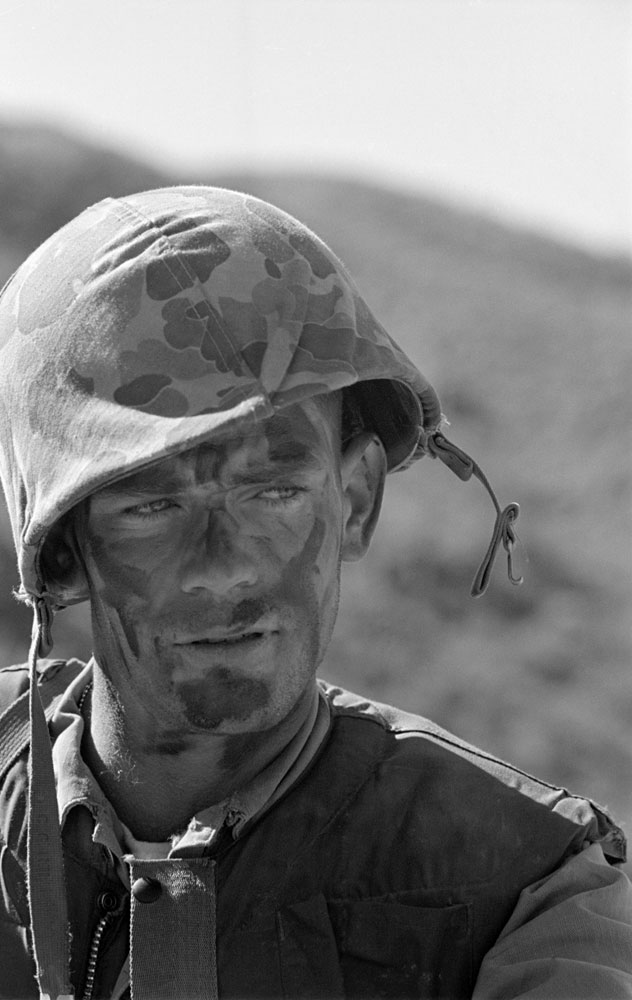





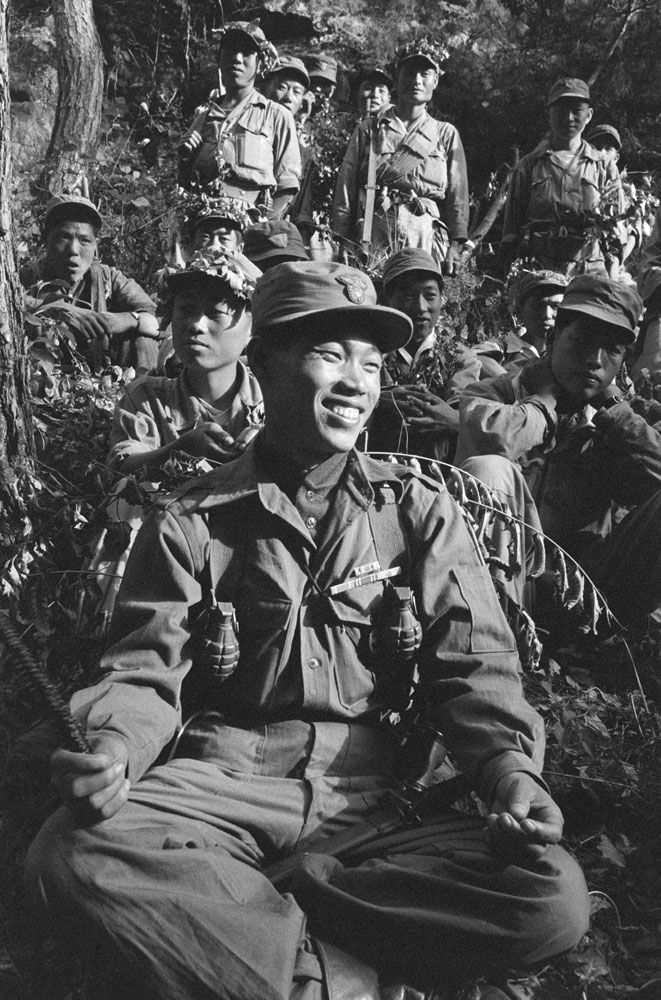

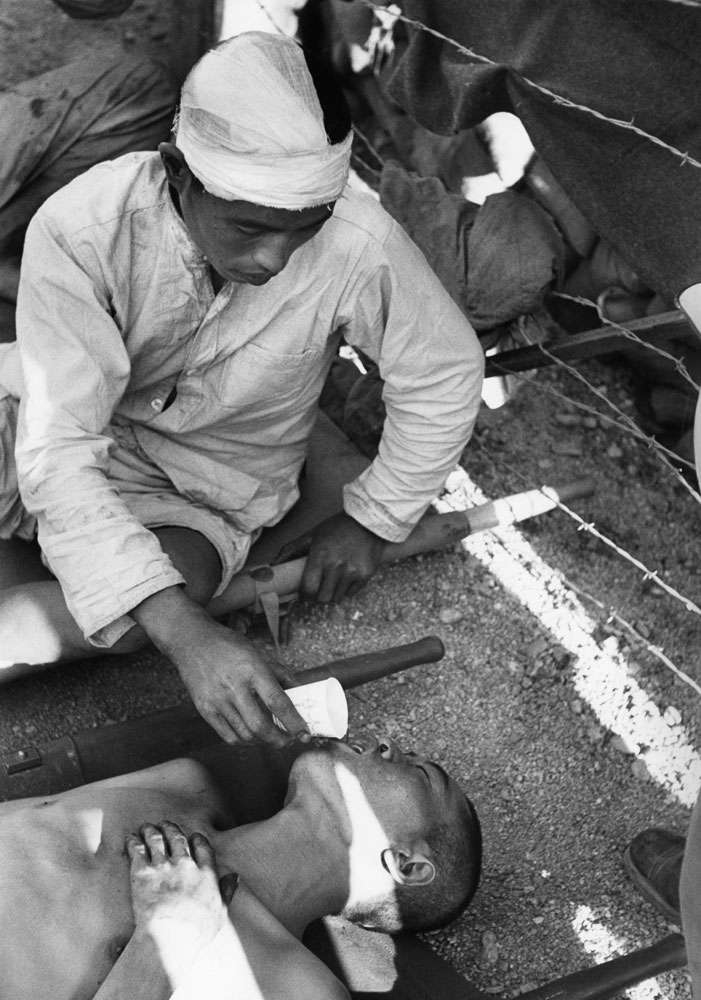

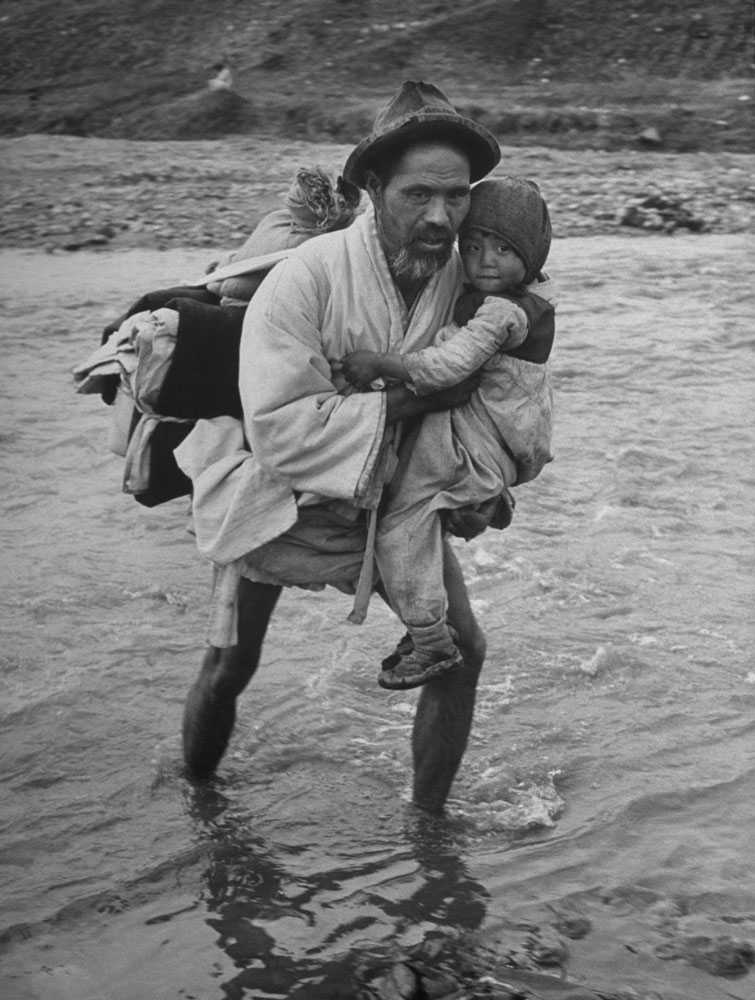

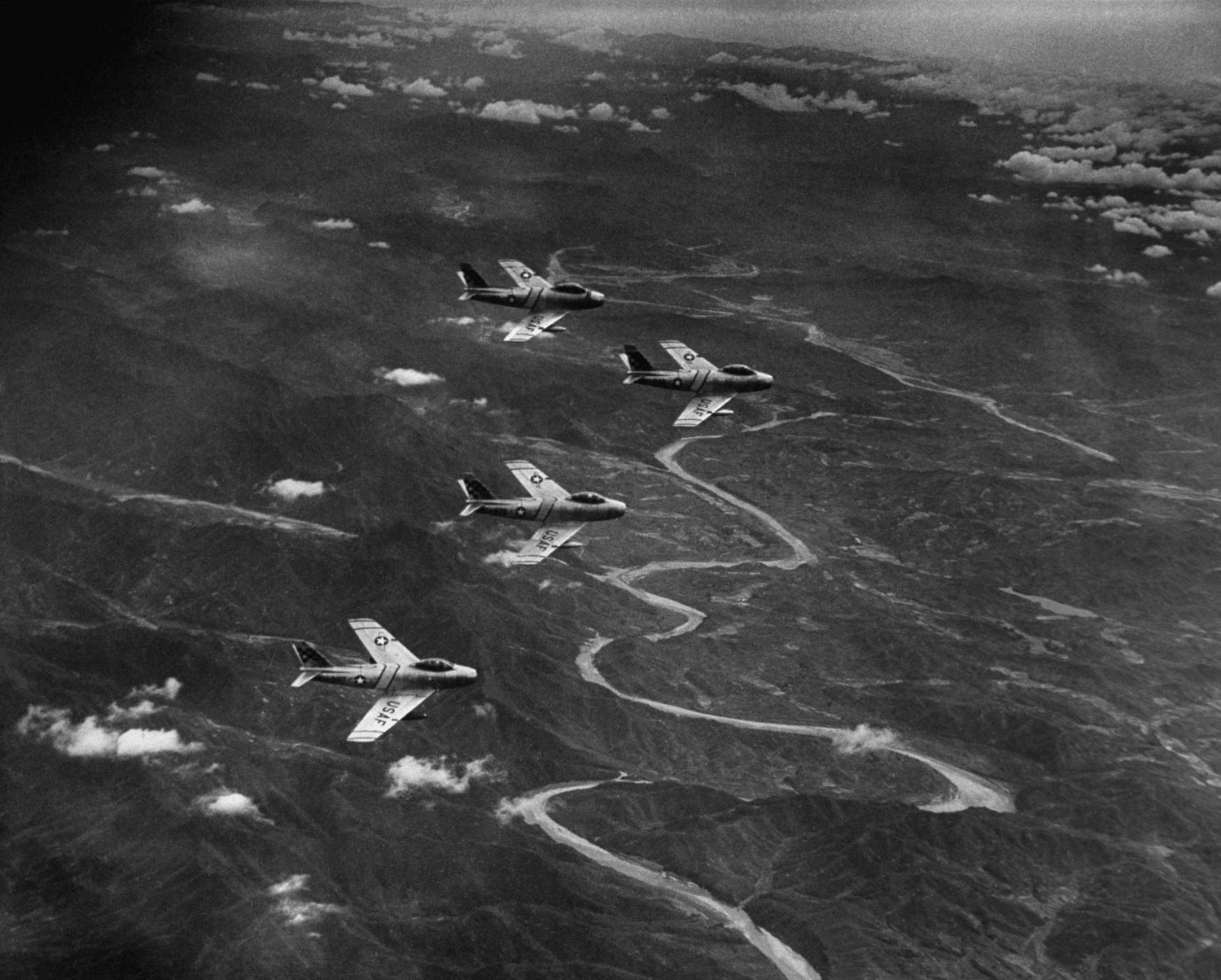
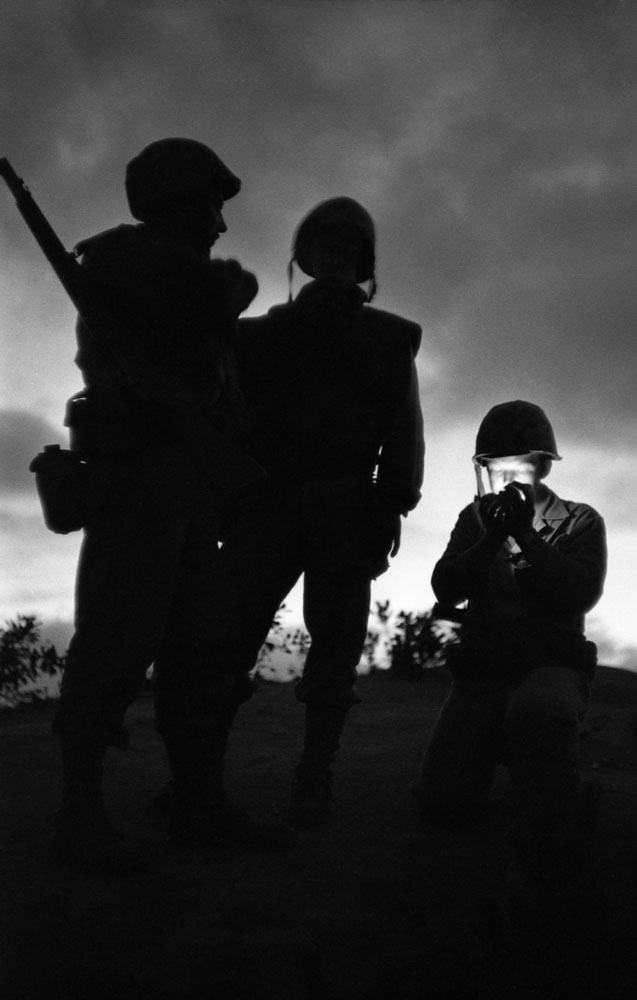
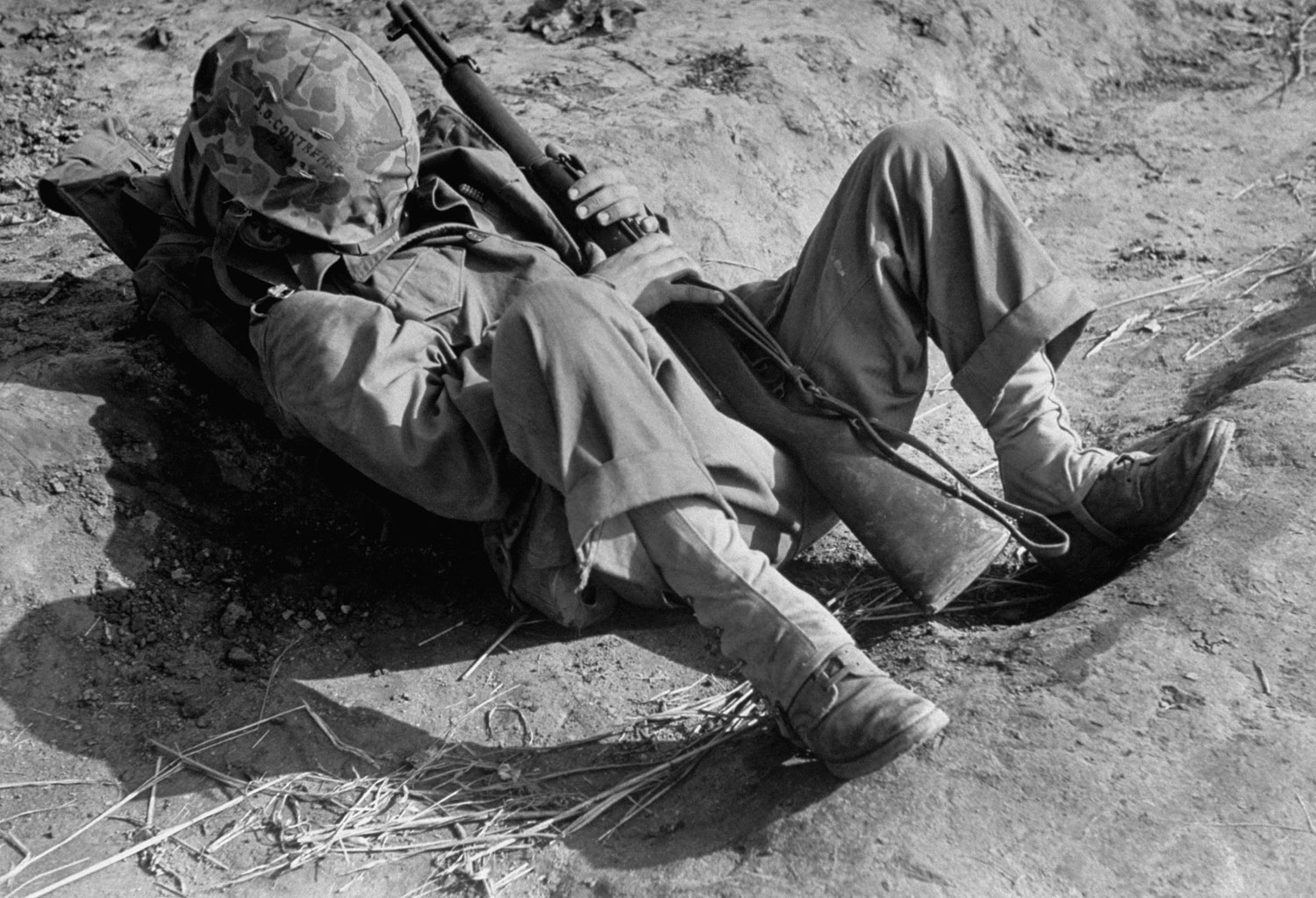
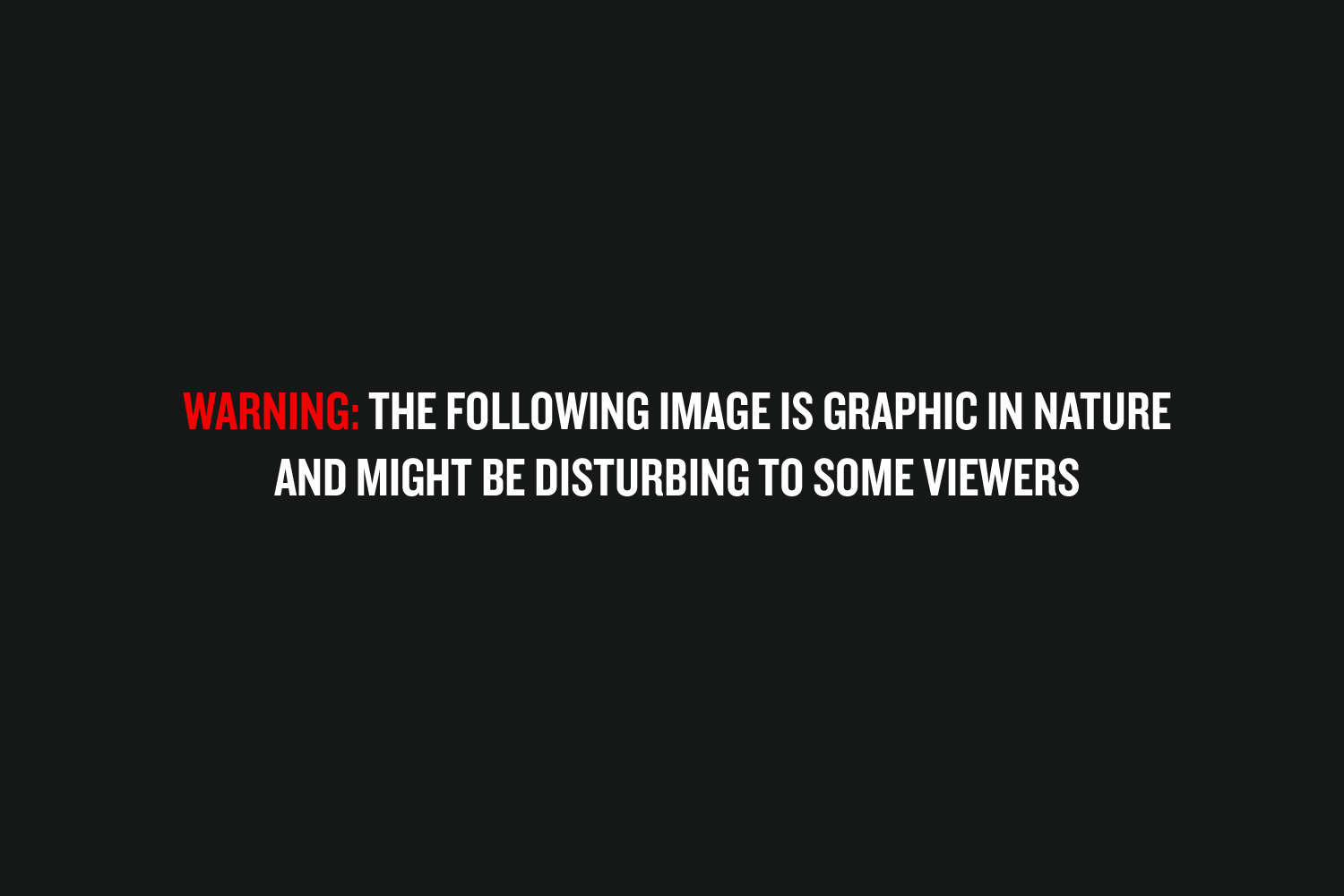
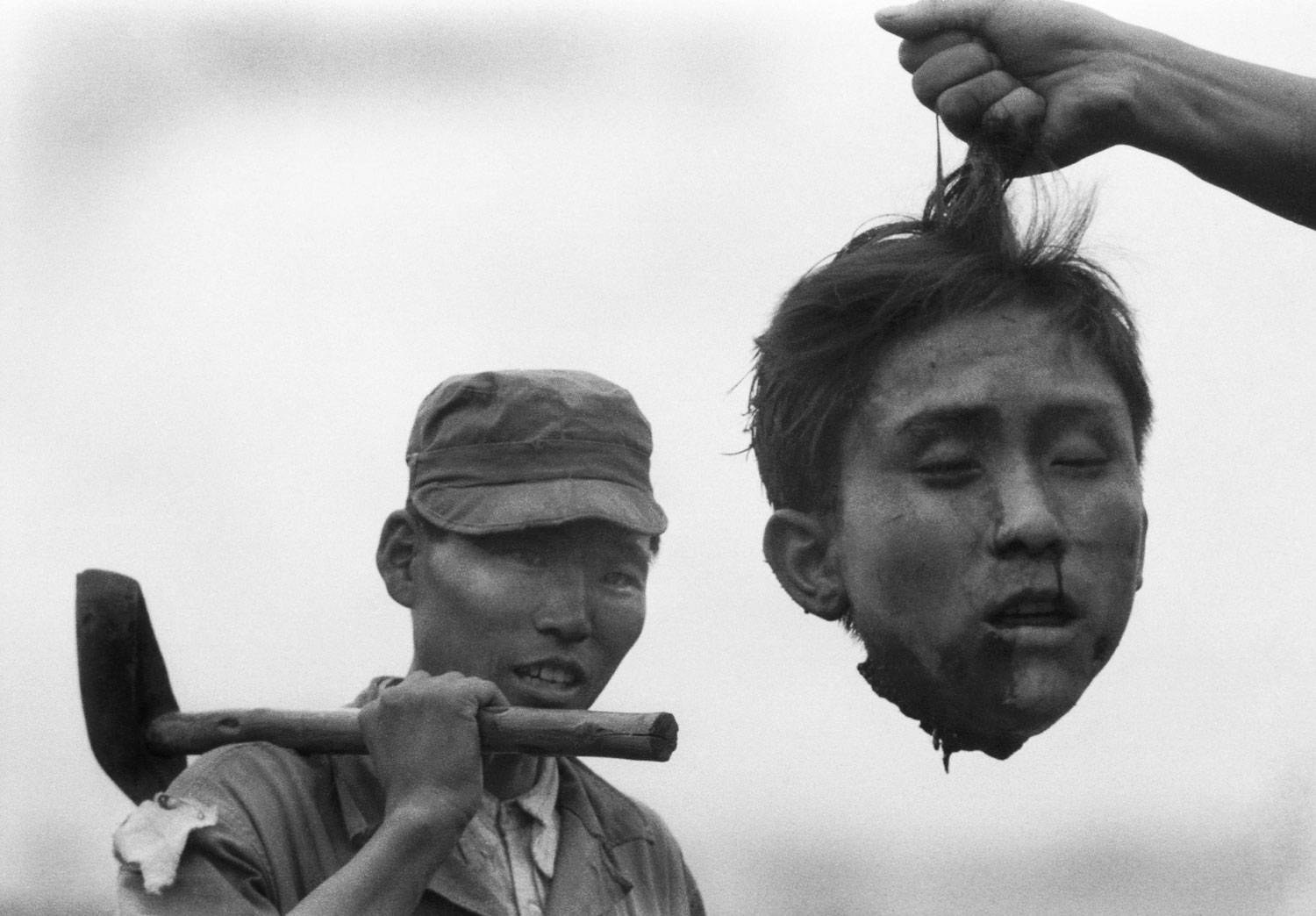
More Must-Reads from TIME
- Cybersecurity Experts Are Sounding the Alarm on DOGE
- Meet the 2025 Women of the Year
- The Harsh Truth About Disability Inclusion
- Why Do More Young Adults Have Cancer?
- Colman Domingo Leads With Radical Love
- How to Get Better at Doing Things Alone
- Michelle Zauner Stares Down the Darkness
Contact us at letters@time.com